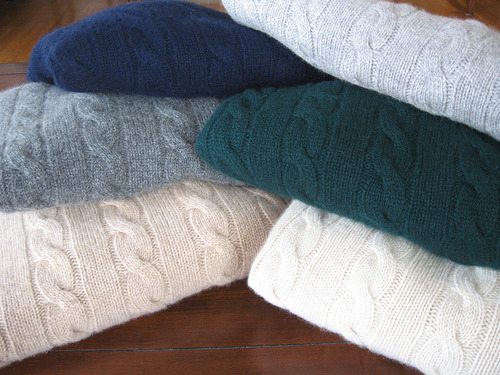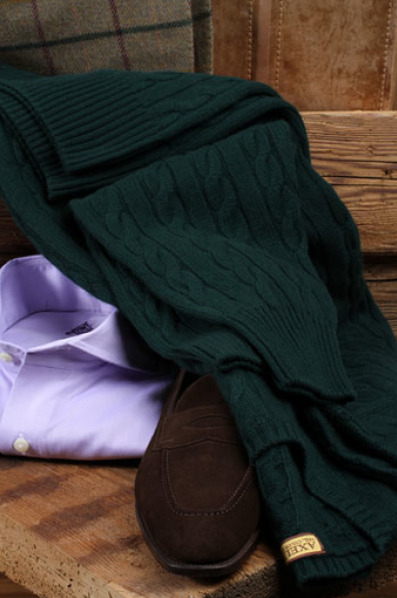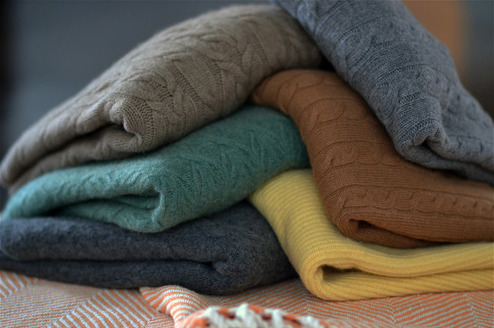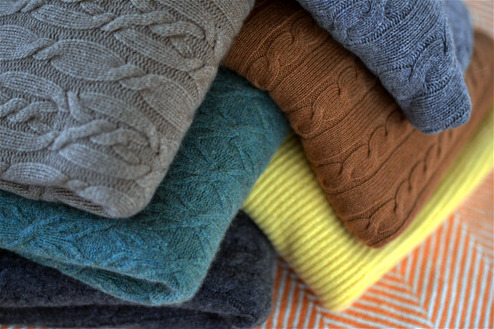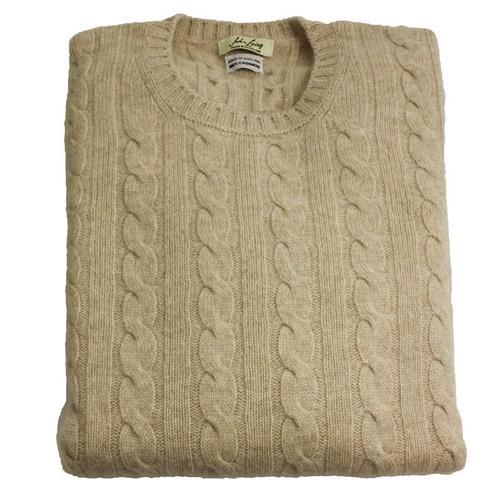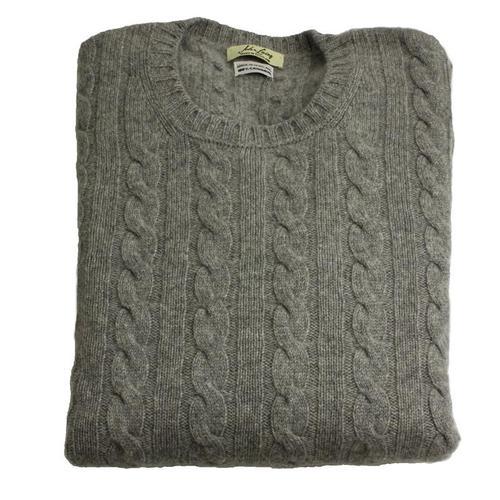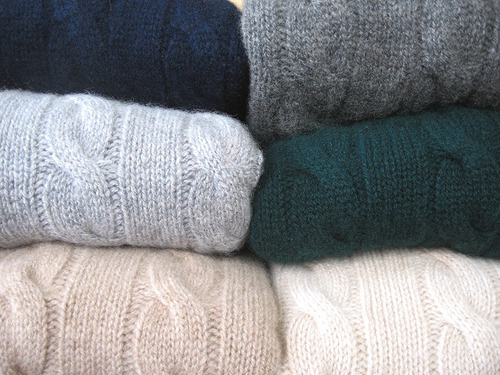
There are a lot of things I love about living in the Bay Area – the food and bar scene, the relatively diverse community, and the summer/ fall festivals. The only thing I hate is the real estate. Housing is expensive, gentrification is rampant, and for the kind of buildings I like to live in, home insulation isn’t that great. Unless you’re in a new building or can afford some multi-million dollar house, old buildings, especially Craftsman ones, are kind of drafty.
I used to waste a lot a money in the winter on heating bills, but a couple of years ago, found that I could cut that back with some good cashmere sweaters. Cashmere knits may be the only things that can be rightly called investment pieces. They’re expensive, but depending on where you live, you’ll make up the cost in what you’ll save on heating.
In some early-20th century trade journals, you’ll find rumors that the finest cashmere used to come from Russia, but for at least the last hundred years, China and Central Asia have been the main sources. From the mountains up Tibet and away across the back of the Himalayas to Bokhara, cashmere travels much like the way it did before Marco Polo explored the Great Silk Roads. It comes down from the mountains in countless little loads on the backs of yaks and horses – sometimes buoyed down interminable waterways on rafts and boats – before reaching a major hub, where it’s put on modern transport and swiftly whisked away to Europe. If you’re wondering why cashmere should have to travel so far across Asia, just remember the stories of the still unconquered Everest. Across the vast barrier of the Himalayas, there are few routes.
Cashmere itself comes from the carefully picked bits of undercoat hair grown on various kinds of goats. It’s a soft, downy, almost slippery fiber. When spun into yarn and turned into sweaters, it provides superior warmth for its weight. In fact, that’s the real advantage of a good cashmere knit. If you can find a multi-ply sweater made with minimal slack, it’ll provide almost as much warmth as a light jacket, but have none of the bulk.
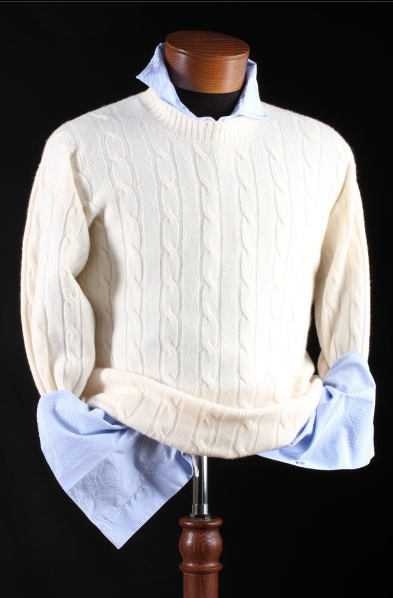
Cashmere does have some downsides, however. For one, it’s expensive. That’s partly because the fibers are very fine, and they lose about one- to three-quarters of their weight during preparation. That means it takes a lot of cashmere hairs to spin even a one- or two-ply yarn, and with more fibers comes more time and work.Next, the quality of cashmere can vary greatly from year to year, far more than ordinary wool, which forces companies to build in the possibility of future shortages. And if certain colors become trendy – such as pastels, which require white fibers (less common than brown or gray) – prices can go up even higher.
The second drawback, which it shares with other fibers not grown on sheep, is that it’s not very elastic. One of the most valuable features of sheeps’ wool is that it has a natural crimp, which gives it resilience. This allows garments to return to their shape after being stretched. Jackets end up draping properly; trousers don’t bag at the knees. Pure cashmere doesn’t have as much natural spring-back, which makes it less suitable for certain items, but great for scarves and knitted goods.
If you’re looking to get a cashmere sweater, avoid the cheap stuff (meaning, anything that retails for less than $400 or $500). Cheap cashmere is almost never worth buying. The sweaters are too loosely knitted to retain their shape, and the yarns are made from shorter fibers, which means they break and pill easily. The best cashmere knits I’ve come across are from William Lockie, which you can find at Mr. Porter, The Hanger Project (an advertiser on this site), and Heather Wallace. I prefer the chunkier 4-ply versions. I find they hold up better than thinner 2-plys, but still fit nicely under a tailored jacket (so long as the jacket isn’t overly slim fitting).
There are two things that make William Lockie’s sweaters particularly special. For one, they’re densely knitted, and with more yarn, a sweater will feel warmer and hold its shape better over time. Two, they’re minimally finished. Most companies nowadays heavily wash their sweaters in a finishing process known as milling. This gives them a fluffy, cloud-like softness, which attracts customers, but damages the yarns. Lockie’s cashmere knits feel more like merino at first, but they last longer and the softness comes naturally with wear, much like raw denim.
Again, they are expensive. And if you import them into the US, you’ll likely incur a 50% tax, as cashmere is a special class of protected goods. That said, I throw on a 4-ply William Lockie cashmere cable knit almost every morning and just turn down the thermostat. In a few years, these basically pay for themselves and you get to wear some handsome sweaters.
